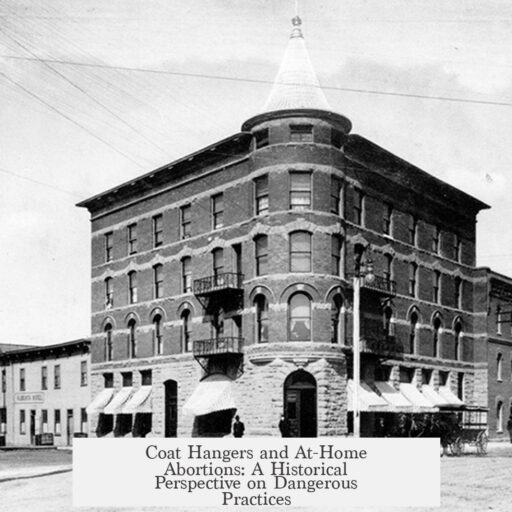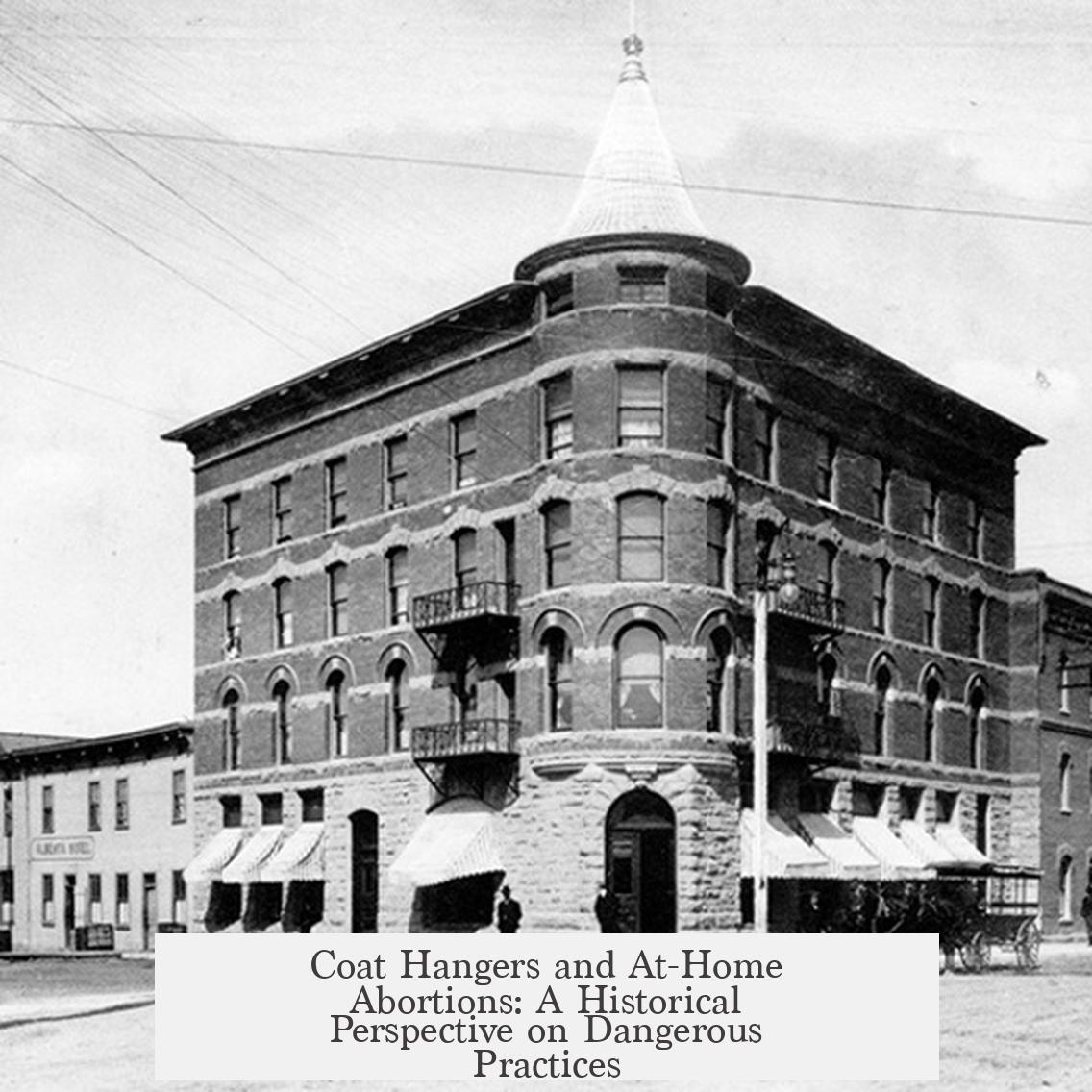Coat hangers were indeed used in some at-home abortion attempts, mainly before the legalization of safer abortion methods. These improvised tools symbolized desperation due to the lack of accessible, safe Abortions and the dangers women faced when forced to self-induce pregnancy termination.

Historical records and medical literature confirm instances where coat hangers served as instruments for unsafe abortions. For example, a 1954 article from the Tampa Tribune reported on a woman arrested after performing an abortion using rusty wire from a coat hanger. Similarly, the Shreveport Journal (1970) listed coat hangers along with umbrella ribs and knitting needles as devices employed by women trying to abort themselves. A 1993 medical paper also documented a self-induced abortion attempt with a coat hanger caused by financial barriers to proper medical care.
The coat hanger’s widespread presence in households made it an easily accessible, albeit extremely hazardous, tool. Women sought to evacuate the uterus forcibly, despite the crude, non-surgical nature of such devices. The metal wire often lacked coatings and was prone to causing severe injuries, infections, or death.
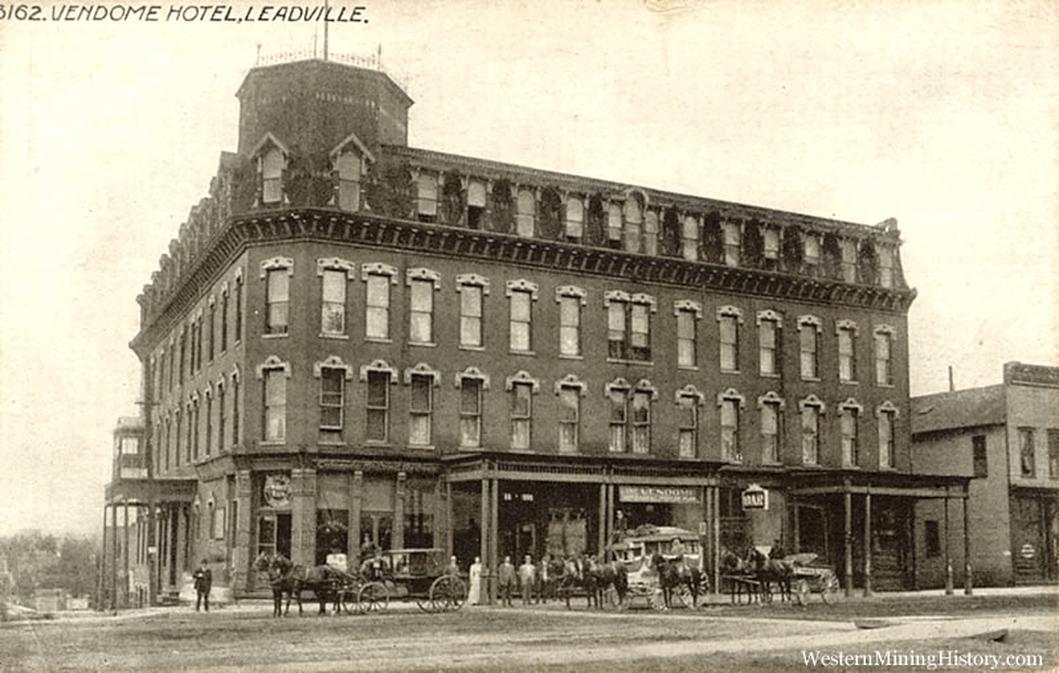
This reality transformed the coat hanger into a powerful symbol of desperation in abortion-rights activism. The image conveys the grim message: “imagine how dire the circumstances must be to resort to this method.” Activists used this visual to illustrate how prohibitive laws did not stop abortions but pushed women toward life-threatening self-induced procedures. Early feminist organizing in the 1970s even included coat hanger imagery to stimulate public awareness about unsafe abortion’s human cost.
Physicians and activists repeatedly highlighted the severe risks linked to these unsafe practices. Dr. Barbara Roberts, a founding member of “Women vs. Connecticut,” detailed horrific injuries she witnessed, including women hospitalized with exposed intestines and suffering from addiction or suicidal ideation following criminal abortions. Such firsthand accounts underscore the immense physical and psychological toll of outlawed access to abortion.

While coat hangers became emblematic, women employed many other dangerous objects and chemicals to induce abortion. Hairpins, knitting needles, scissors, crochet hooks, and corrosive substances like bleach or soap douches were frequently used. Medical testaments from places like Cook County Hospital in Chicago reported patients irritating their cervixes with hairpins and cotton balls or taking toxic pills. One woman’s story mentioned sequentially trying ergotrate, castor oil, scalding baths, alcohol, and finally violence to her abdomen before obtaining an illegal abortion.
| Unsafe Abortion Methods | Description |
|---|---|
| Wire Coat Hanger | Inserted into uterus to induce abortion; high risk of perforation and infection. |
| Knitting Needles, Crochet Hooks | Used to physically disrupt pregnancy; harmful and often traumatic. |
| Corrosive Substances (Soap, Bleach) | Douching to induce abortion; frequently caused poisoning and death. |
| Herbal / Chemical Remedies | Used but variable efficacy and potential toxicity. |
The clandestine and illegal nature of abortion before Roe v. Wade in the United States exposed many women to exploitative providers, fee gouging, and sexual abuse. Abortion seekers lacking social capital risked encounters with unscrupulous practitioners, as documented by Leslie Reagan. Some providers equated abortion services with sexual favors, increasing the trauma experienced by women already in vulnerable states.

Despite the real, documented use of coat hangers in unsafe abortions, their primary role today remains symbolic. The hanger represents both the peril abortion restrictions impose and the enduring determination of pregnant people to control their bodies.
Shifts in reproductive health over recent decades have rendered these brutal methods largely obsolete. Medical abortions using approved medications like mifepristone and misoprostol offer safer, less invasive options. These drugs have transformed self-managed abortion care when started early in pregnancy. Advocates now emphasize informed access to medical abortion rather than dangerous physical instruments.
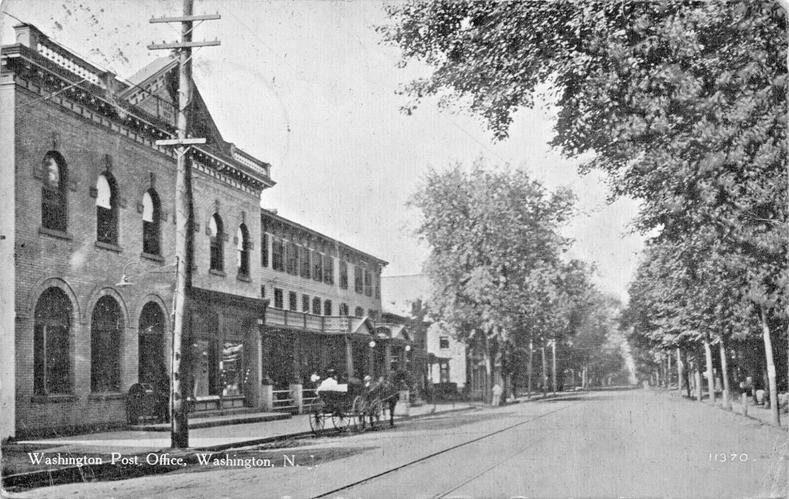
Activist messaging has accordingly moved away from the coat hanger symbol in the 21st century, reflecting advances in medical science and changing social attitudes. Still, the coat hanger remains a stark reminder of past hardships and the costs of restrictive abortion policies.
- Historical evidence confirms coat hangers were used, though unsafely, for self-induced abortions.
- Such attempts showed women’s desperation amid limited reproductive healthcare access.
- The coat hanger evolved into a symbol of risk, harm, and the fight for bodily autonomy.
- Many other dangerous instruments and chemicals were also used for unsafe abortions.
- Modern medical abortions now largely preclude the need for such hazardous methods.
Were Coat Hangers Ever Really Used for At-Home Abortions?
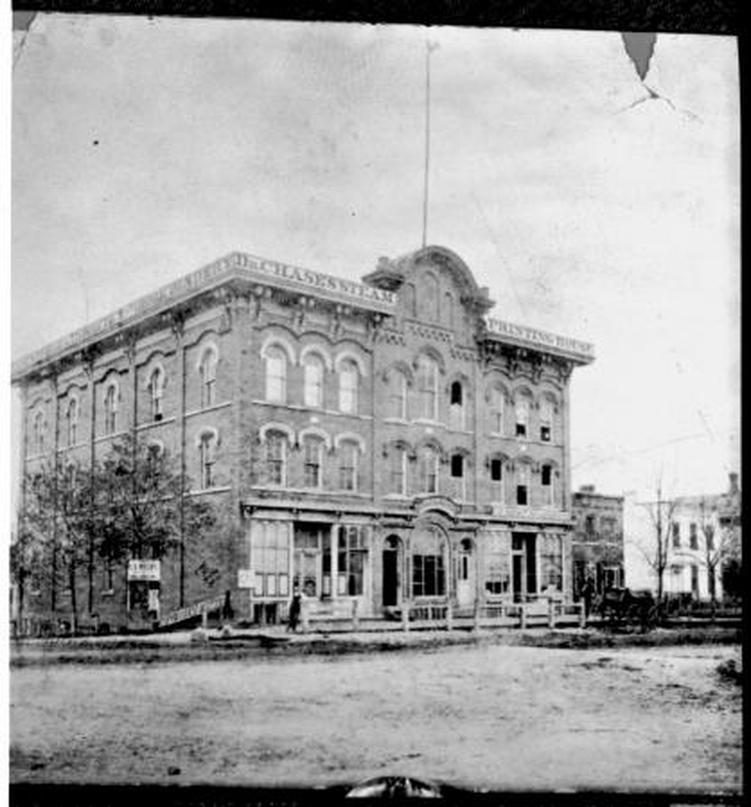
Yes, coat hangers were indeed used by some women attempting at-home abortions in the past. But let’s unpack this unsettling reality beyond the stark, cold image of a bent piece of wire. This story isn’t just about rusty wire causing harm—it’s about desperation, inequality, unsafe medical practices, and how a common household item became a painful symbol of a fight for bodily autonomy.
Have you ever wondered where the coat hanger myth started and how much truth it holds? Was it a dramatic exaggeration or a grim reality? The short answer: it’s a harsh fact with widespread consequences.
Historical Reality: Rusty Wires Breaking More Than Just Coats
Credible sources show that coat hangers were not just an urban legend or activist myth. For instance, a 1954 Tampa Tribune article detailed how Mrs. Beulah Walker was arrested after performing an abortion on a young woman using “rusty wires broken from old coat hangers.” That’s no Hollywood fiction; that’s a documented event.
Further evidence comes from the Shreveport Journal in 1970, which reported women resorted to all sorts of dangerous household tools like umbrella ribs, knitting needles, and even goose quills dipped in turpentine to end pregnancies. And a 1993 medical journal from PubMed described a self-induced abortion attempt with a coat hanger motivated purely by financial limitations—access to safe medical care was simply out of reach.
These excerpts aren’t just shocking—they’re a window into a world where access to safe abortion was practically non-existent for many, leaving women to invent incredibly risky methods out of sheer desperation.
The Coat Hanger: Symbol of Desperation and Defiance
The ubiquity of the coat hanger made it a go-to tool. Mid-20th-century America found wire hangers in almost every home. Their shape and flexibility meant they could be twisted into something resembling a crude surgical instrument capable of “emptying the uterus.”
This grim functionality transformed the coat hanger into an activist symbol—one that screams, “Imagine how desperate you’d have to be to use this inside your body.” In the 1970s, women’s rights activists wielded this imagery to highlight how illegal abortion laws didn’t stop abortions; they just pushed them into dangerous shadows.
The wire hanger’s symbolic power showed up in rally posters, articles, and protests. For example, a 1971 women’s conference used a wire hanger image as a banner for their activism. These visuals weren’t just art—they carried the stories of real women suffering while politicians debated legislation.
One testimony paints a tragic picture: Dr. Barbara Roberts, a founder of Women vs. Connecticut, recalls seeing a woman with half her bowel prolapsed due to a criminal abortion. This horrific scene highlights the physical dangers imposed by forcing women to refrain from safe procedures.
Unequal Access and Unsafe “Providers”
Let’s be frank: safe abortions were often possible for those with money and connections. Illegal but medically safer abortions happened inside “underground networks” like The Jane Collective, where some women found help at a cost.
However, many faced exploitation. Leslie Reagan’s book When Abortion Was a Crime describes how some illegal abortion providers mistreated vulnerable women—one ended up paying $1,000, then was coerced into performing sexual favors. These stories expose yet another ugly side of abortion criminalization, where predatory behavior thrived unchecked.
The Dangerous Reality of “Tools” Used
We should understand that a coat hanger—made of bare metal, rust-prone, and completely non-sterile—is no surgical tool. Women also used knitting needles, crochet hooks, scissors, hairpins, and even button hooks. Sometimes, the weapons of choice included toxic chemicals like bleach or soap douching, which often led to fatal infections.
One harrowing story describes how a woman first tried ergotrate pills, castor oil, hot baths, and drinking Everclear alcohol before resorting to pounding her abdomen with a meat pulverizer out of desperation.
When these unsafe home methods failed, the pregnancy often continued, and emergency hospitalizations or worse outcomes followed. Some women ended up dead. Others, gravely ill with infections or internal injuries, fought for survival, sometimes needing multiple surgeries.
The Coat Hanger: More Than a Tool—A Movement Icon
The wearer of that infamous wire hanger isn’t just a desperate individual; the symbol embodies the fight for control over one’s own body. When laws impose forced pregnancy, they push people to extremes.
Activists argue that the coat hanger symbolizes the persistent demand for abortion, regardless of legal restrictions. It says, “You can’t stop every abortion by criminalizing it. People will find a way.”
By showing this symbol, advocates emphasize the human cost of restrictive abortion laws: injuries, deaths, and the trauma of desperation. Do people really understand this message? Or do some dismiss it as exaggeration? The facts say otherwise.
Modern Shifts: From Rusty Hooks to Safe Pills
Thankfully, times have changed. Starting in the early 2000s, reproductive rights advocates began stepping back from the wire hanger imagery. Why? Medical abortion pills transformed the landscape. Now, a person can safely self-induce termination by taking a combination of two medications, if they catch pregnancy early enough.
This shift is monumental. It replaces dangerous, painful physical interventions with scientifically proven, effective, and affordable medical options. Access remains uneven worldwide, but the progress is undeniable.
More on medical science and abortion here.
Why Should We Care About This History?
Understanding the historical use of coat hangers in at-home abortions is crucial for several reasons:
- It teaches us the real human cost of restricting abortion access.
- It reminds us that banning abortion does not stop it—it drives it underground with dangerous consequences.
- It makes clear how inequality affects health; some women found safer routes, others risked everything.
- It shows the power of symbols in advocacy and how they keep vital conversations alive.
- It informs current debates with facts, not myths or propaganda.
So, the next time this image pops up in headlines or protests, know that it’s not an exaggeration. The coat hanger’s legacy is real, tragic, and instructive.
Final Thoughts
Coat hangers were really used as makeshift abortion tools in past decades. This was dangerous and grim but true. Their use symbolizes desperation brought on by legal and financial barriers to safe abortion. These stories highlight the inequality and risks some women faced—and sometimes still face.
Thankfully, modern medicine offers safer alternatives, and promoting access reduces such risks. Still, the coat hanger remains a vivid reminder of why reproductive rights matter deeply for public health and human dignity.
Understanding this history is more than academic—it’s a call to keep fighting for equitable healthcare and bodily autonomy. Because no one should have to risk hospital stays or worse to control their own life.
